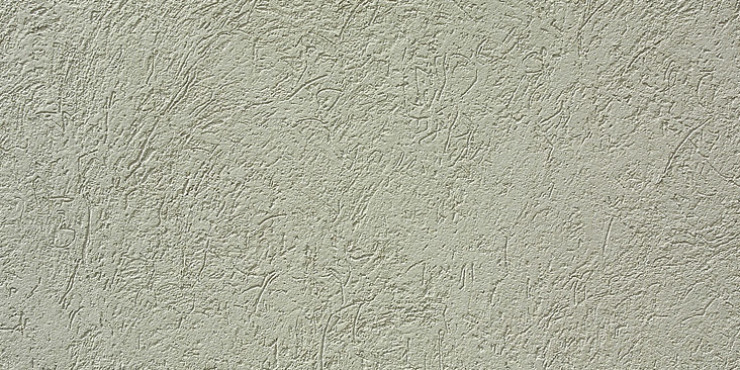Slag Concrete
Slag is a supplementary cementitious material (SCM), and is considered a pre-consumer waste product under the LEED program. Slag content concrete usually contains 30% slag or higher (by cementitous weight), and Graniterock has specially created LEED compliant mixes with substantial quantities of slag to meet the demands of today’s green building initiatives. Ground Granulated Blast Furnace Slag is a byproduct of iron blast furnaces. The slag is ground into granules finer than Portland cement.
Using slag has a number of benefits, all of which help to make a higher strength and more durable concrete. Slag in plastic cement lowers the heat of hydration, increases mix workability and reduces segregation. This reduction in the rate of hydration is particularly useful when paving major structures such as large foundations, bridges, and piers. Hardened concrete made with slag also has a reduced amount of alkali-silica reactivity, a property that can cause serious expansion and cracking. Mixes with high slag concrete typically show less bleeding and shrinkage than straight cement mixes.
Graniterock uses slag to improve concrete because of the fineness of the material, spherical shape, and improved compressive strength. Slag is used as a replacement for water to improve workability and pumpability of concrete. Because of slag’s byproduct nature, high slag concrete is considered a “green” product and can qualify for LEED credits.
| (SS) 3 | |
|---|---|
| (MR) 4.1, 4.2, 5.1, 5.2 | |
| (ID) 1, 2 |

